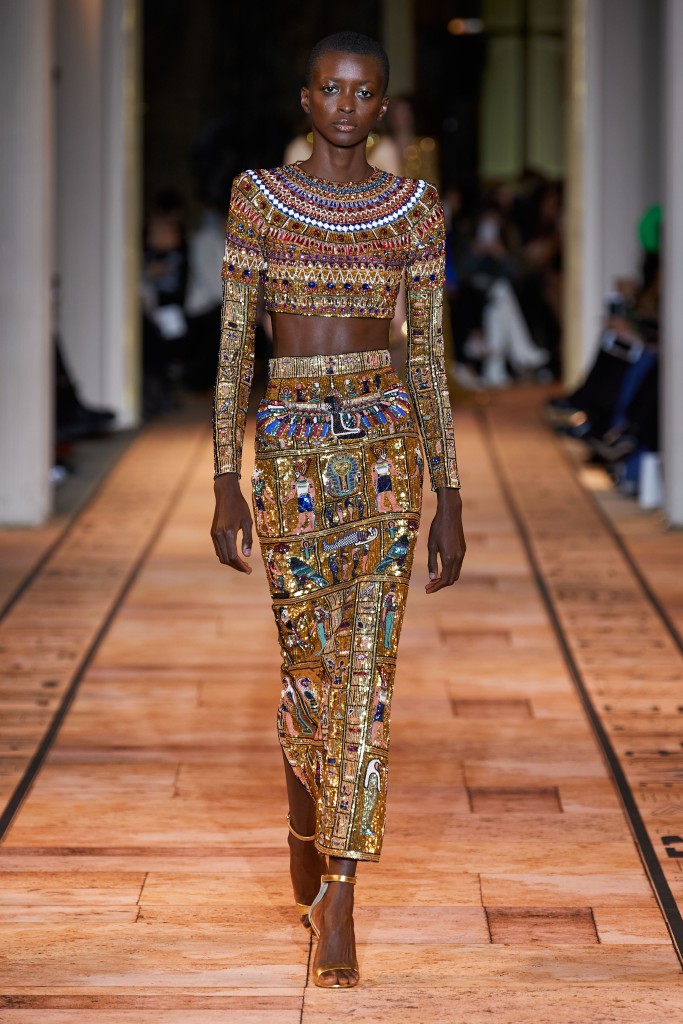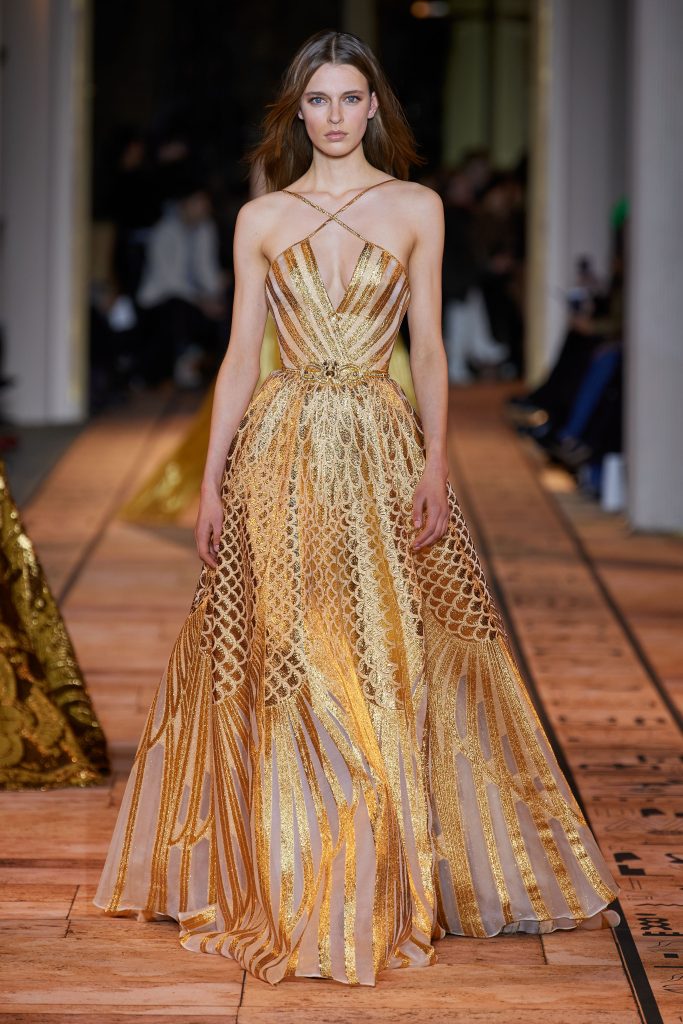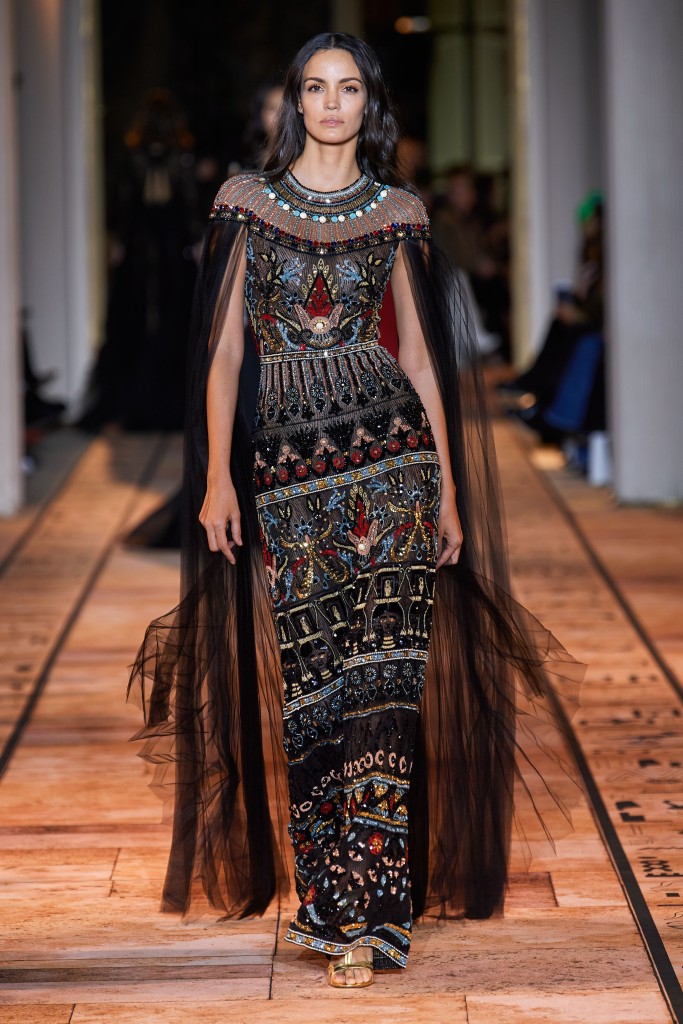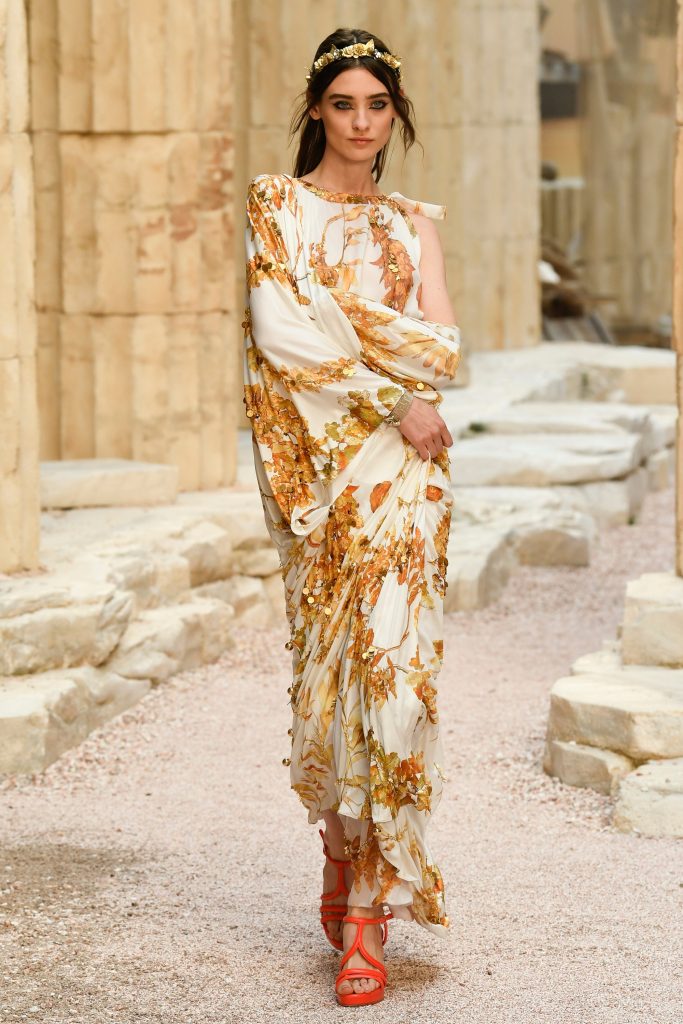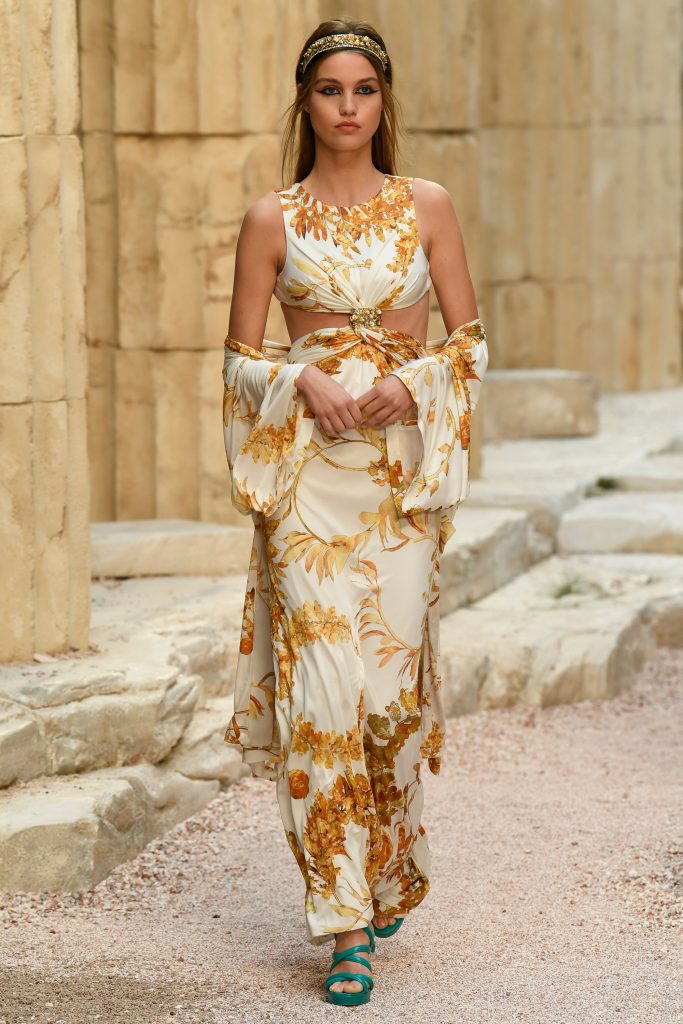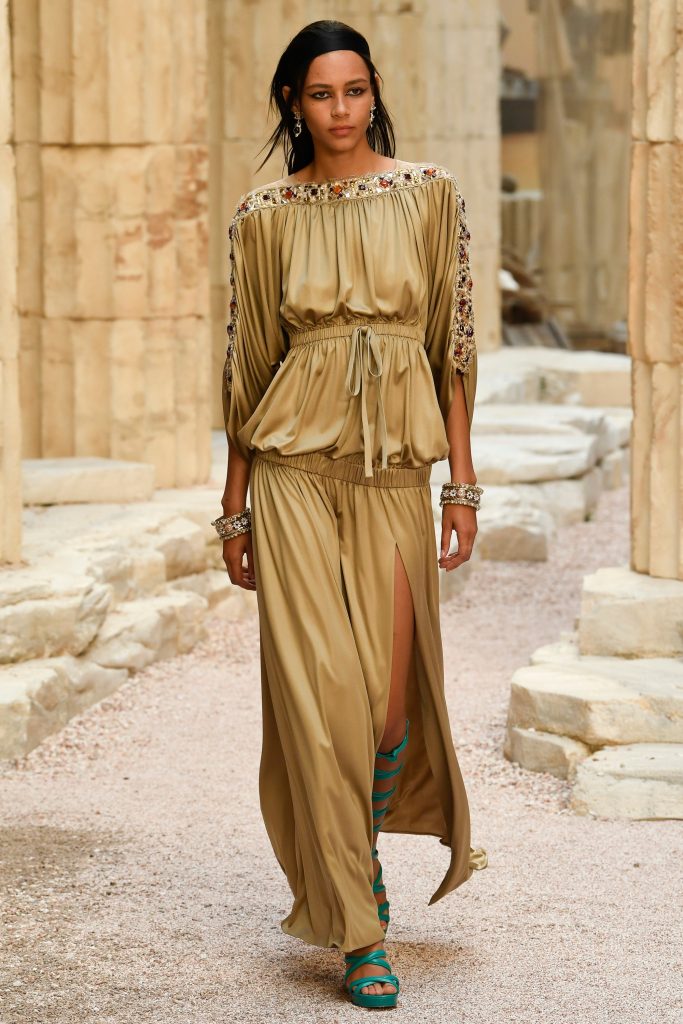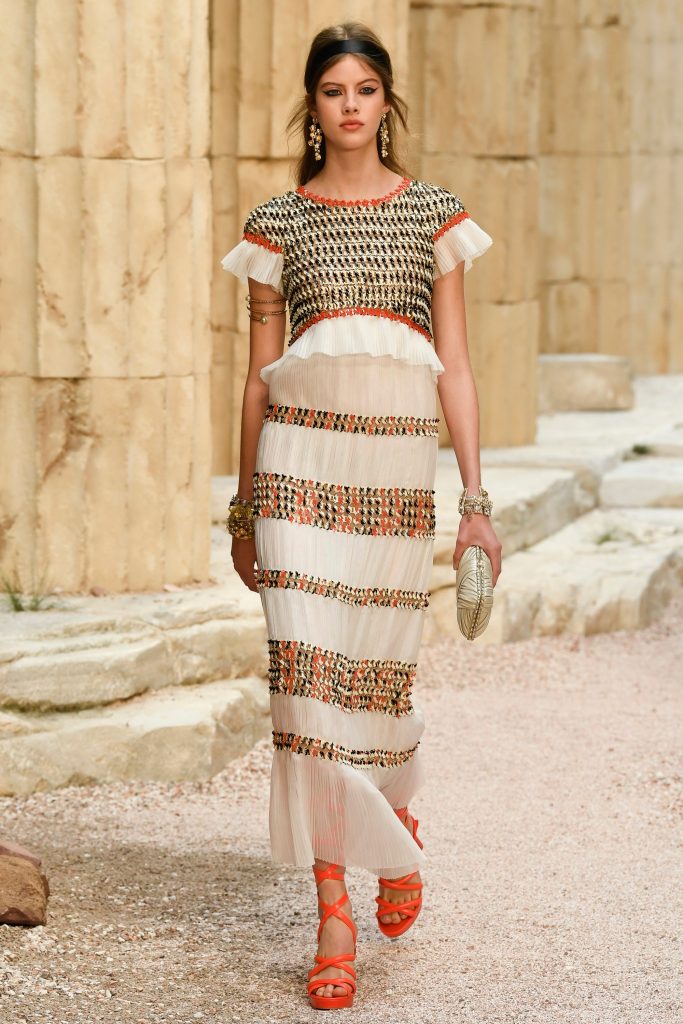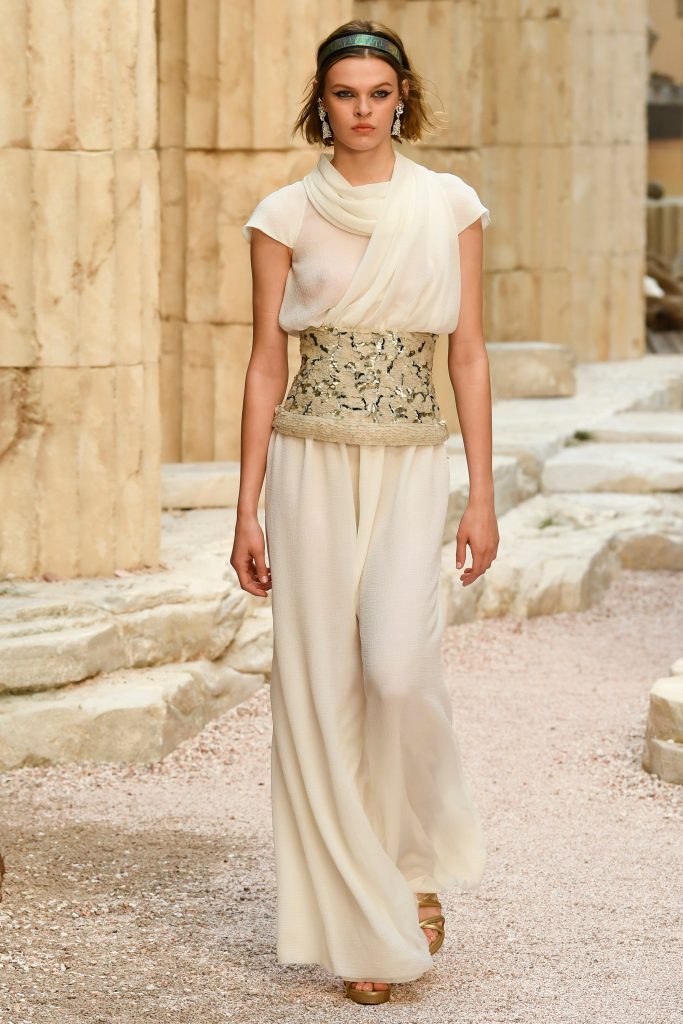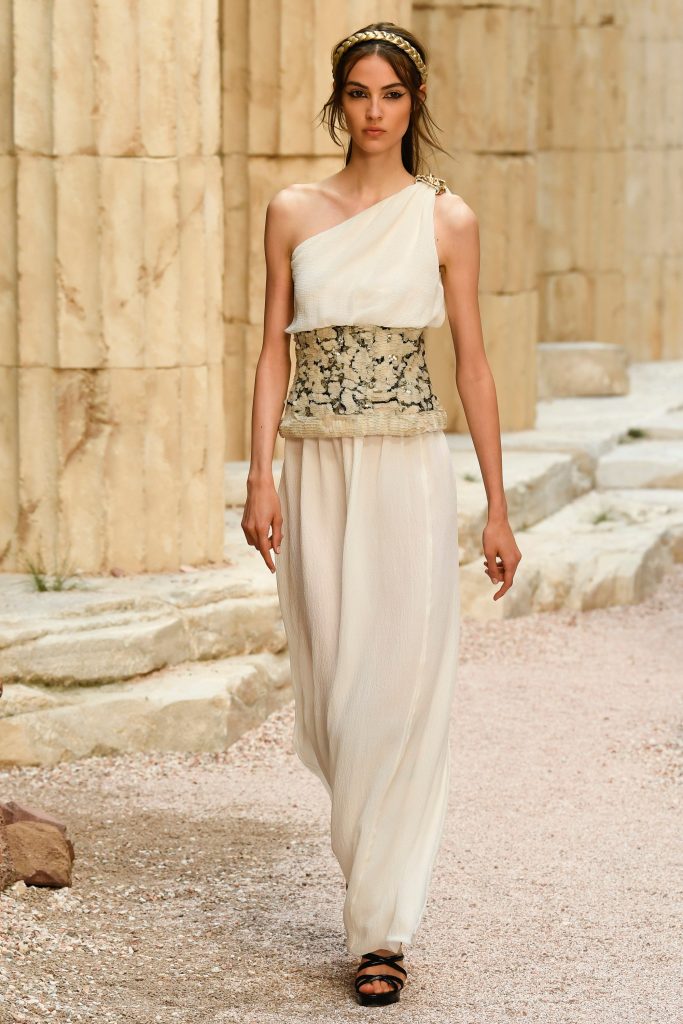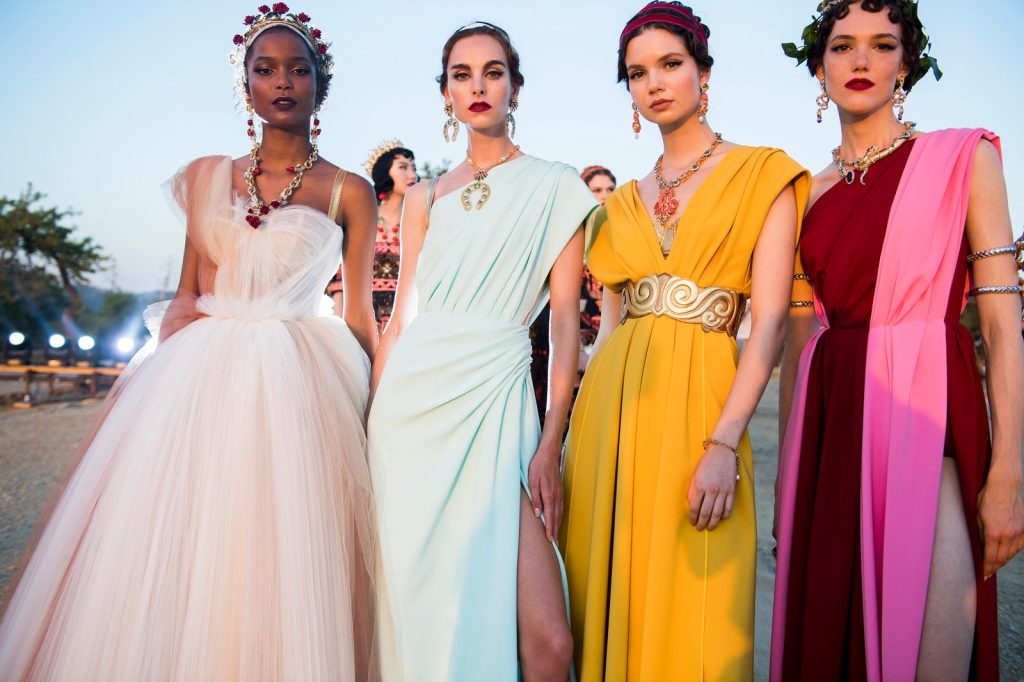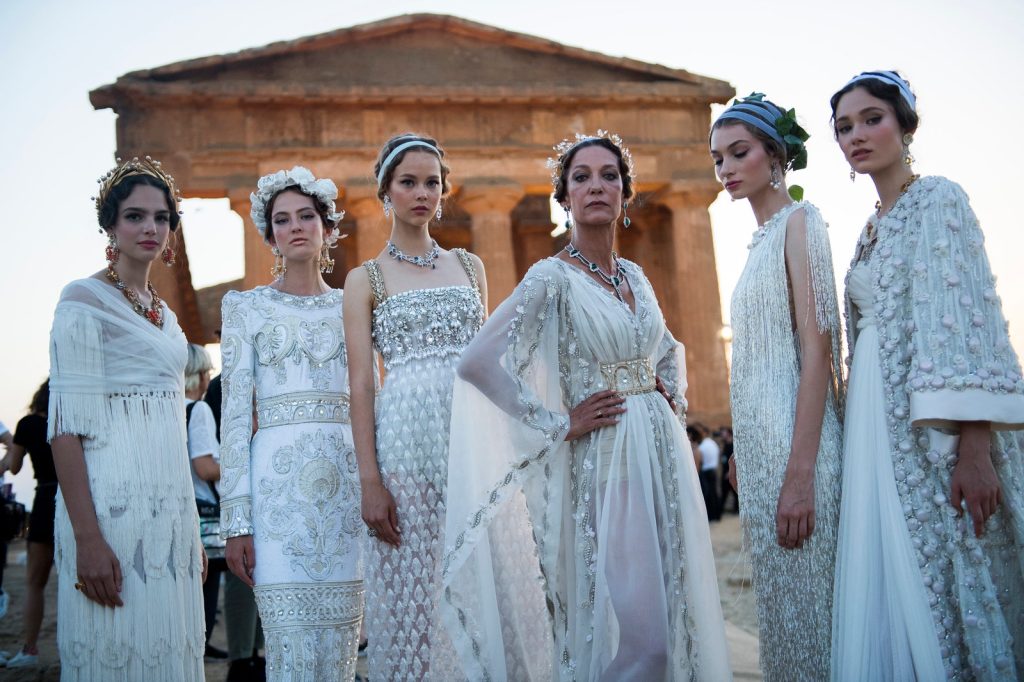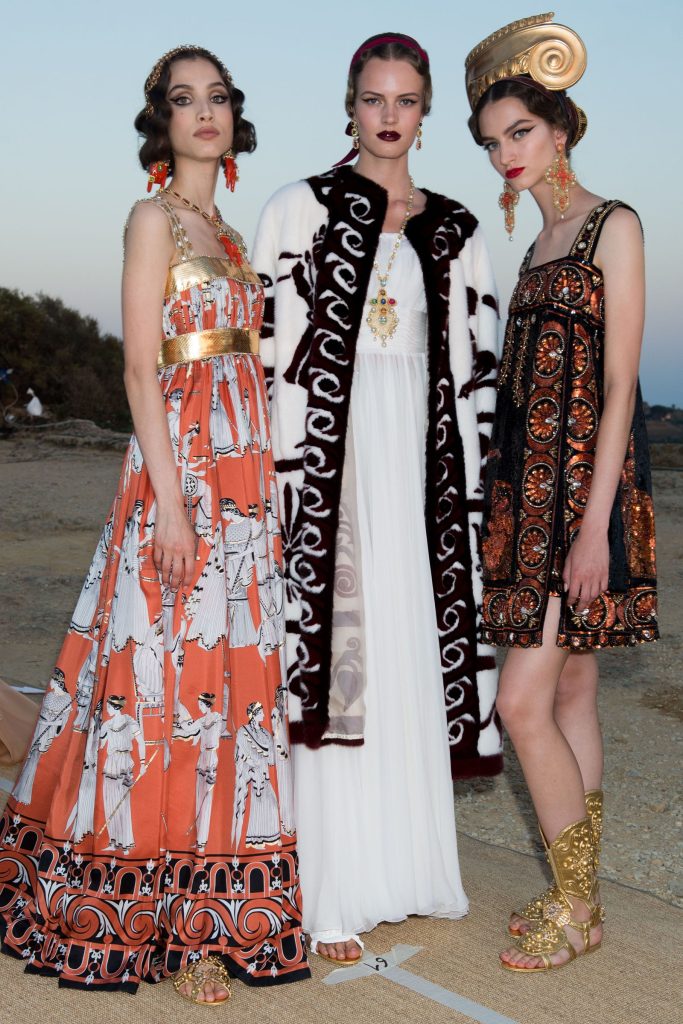I’ll talk about two separate and evolving cultures in this blog, but there are certain parallels between them. Both the Egyptians and the Greeks believed in the afterlife; they were polytheistic, believing in many gods and goddesses; women were in charge of the household; and they had hierarchies that influenced their daily lives. Despite their many variations and comparisons, they were remarkable and helped create the world we live in today.
Ancient Egypt
Egypt is a vast desert in the north-east of Africa, but its capital, Cairo, along the Nile River, flourished with life, their reliance on sustenance, prosperity, and a channel of communication and commerce. Ruled over thirty-two dynasties from early dynastic period (3,100 B.C. – 2,686 B.C) up to the late period (664 B.C. – 332 B.C.) and that does not include Alexander the Great’s empire and the famous Cleopatra later ruled by Augustus (Greco-Roman Period).

Egypt was divided into a hierarchy with the Pharaoh (The King) as the God on Earth and had the most power; responsible for making laws and keeping order. Next are the members of his court, priests, scribes, governors, generals, and military. Artist, crafts people, government overseers of workplace. Lastly down to peasant farmers and slaves.

The division of labor is a time period where we got really good at farming and needed other jobs. So it happened. Finally other people quit farming or kept it as a part time job. The jobs that they developed were: pottery making, tool making, art, etc. http://earlymantocivilization.weebly.com/division-of-labor.html
From what I read (World History Encyclopedia), For much of Egypt’s history, social mobility was discouraged and not practiced, since it was believed that the gods had decreed the most ideal social order in line with the culture’s core value, they called it ma’at (harmony and balance). Ma’at was the absolute morality that enabled the universe to work properly, and ancient Egypt’s social order was assumed to embody this maxim.

Egyptian religion was a set of beliefs and traditions that included Egyptian philosophy, science, medicine, psychology, spiritualism, sorcery, herbology and the contemporary definition of religion as faith in a greater authority and an existence after death. Since life on earth was seen as just one part of an everlasting path, and in order to begin the journey after death, one wanted to live a life deserving of continuation, religion played a role in every aspect of the ancient Egyptians’ lives.

The gods of ancient Egypt were seen as both creators and keepers of order, as well as providers who wanted to assist and guide the inhabitants of the land. The gods had brought peace out of chaos and bestowed the most glorious land on the planet upon the people.


Ancient Egyptians dressed in light linen clothing that was typically very plain in style. Flax was cultivated along the Nile River and was used to make linen for clothing. Fashion was an important part of Ancient Egypt’s history. Men, women, and children wore various types of clothing depending on their social class, and they often enjoyed adornments such as jewelry and make-up. They wore jewels to show off their riches and because they felt that by doing so, they would gain favor from the gods. Makeup was worn by both men and women. They lined their eyes and darkened their lashes and brows with black kohl eyeliner. They used powdered mineral eye shadow to paint their eyelids blue or grey.
Egyptian jewelry was worn by women and men of all social backgrounds, and it was highly regarded by the ancient Egyptians. Their gods and kings statues were adorned with opulent gems. For their journey into the afterlife, the dead were decorated with jewels. Bracelets, earrings, collar pieces, anklets, armbands, and rings were all common forms of Egyptian jewelry.



https://womenofegyptmag.com/2019/05/20/11-pieces-of-jewelry-from-ancient-egypt/

Ancient Greece
Ancient Greece is unique in world history because it was the first time to be recorded precisely in narrative historiography, while older ancient history or protohistory is known from even more conjectural sources such as pages of history, king lists, and pragmatic pagan mythology.

Greece started to recover from the Dark Ages that preceded the decline of Mycenaean civilization in the 8th century BC. The Greeks adapted the Phoenician alphabet, changing it to construct the Greek alphabet, after literacy had been lost and the Mycenaean script had been forgotten. Objects inscribed with Phoenician writing may have been available in Greece as early as the 9th century BC, but graffiti on Greek pottery from the mid-8th century is the oldest evidence of Greek writing.

Ancient Greece were divided into two groups, only free, land owning, native-born men could be citizens entitled to the full protection of the law in a city-state, and the other ones are slaves. Social prominence did not allow special rights, yet families controlled public religious functions, but this ordinarily did not give any extra power in the government. Slaves, on the other hand, lacked control and rank, but they did have the right to have a family and own land, subject to their master’s approval.

According to History Channel, There is no single original text of Greek mythology that introduces many of the myths’ characters and legends, as there is in the Christian Bible or the Hindu Vedas. Rather, the earliest Greek myths were part of an oral tradition that originated in the Bronze Age, and their plots and themes were revealed progressively in ancient and classical literature.
The pantheon of deities that were believed to dwell on Mount Olympus, Greece’s tallest peak, is at the heart of Greek mythology. They ruled over every part of human life from their perch. Olympian gods and goddesses resembled men and women (though they could transform into animals and other forms) and were prone to human flaws and passions, according to many myths.
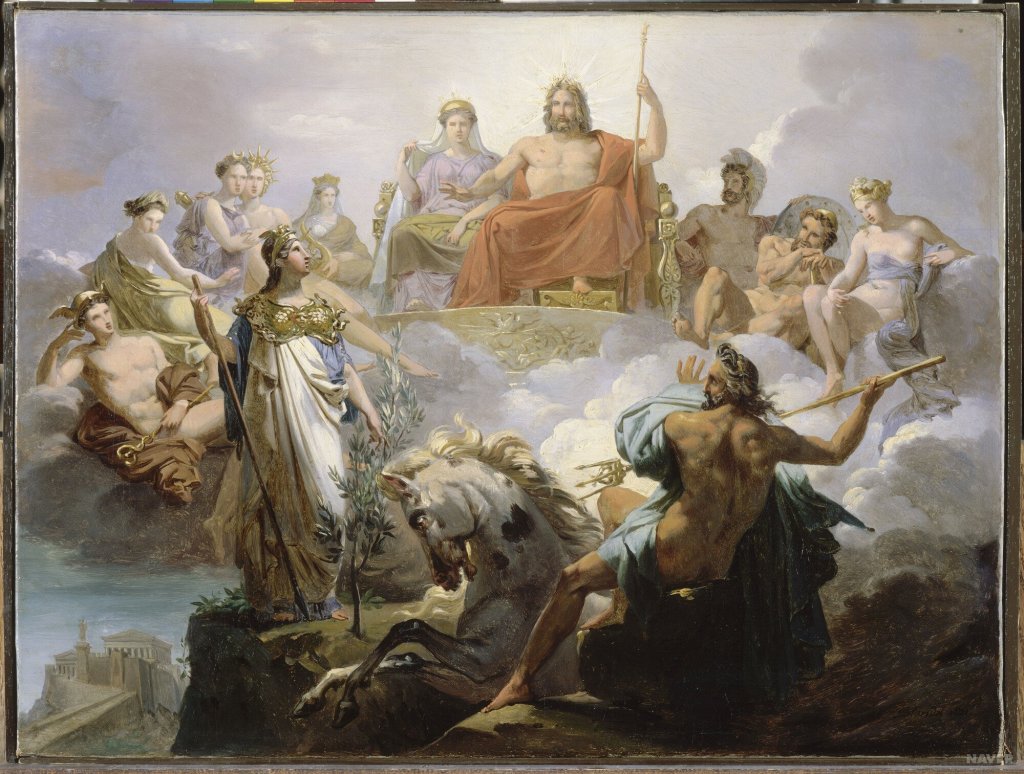
Ancient Greeks wore light clothing made of lengths of rectangular linen or wool cotton, as the temperature was hot for the majority of the year. A tunic (either a peplos or a chiton) and a cloak were the most common aspects of their attire (himation). At the shoulder, ornamental clasps or buttons were used, and at the waist, a collar, sash, or girdle was used. Clothing lengths were different for men and women. Men wore their robes to the elbows, while women wore theirs to their ankles.


Through their history, culture, religion, and especially fashion, these two civilizations, Ancient Egypt and Ancient Greece, had a significant impact on all aspects of life. There are still traces of these influences in contemporary fashion; here are few highlights of modern-day fashion that have gone beyond and perhaps in remaking these ancient styles.
First example is from the Spring/Summer 2020 collection of Zuhair Murad, a renown haute couturier. In this collection signifies the grandeur and opulence of Ancient Egyptian fashion with a modern twist. Pictures courtesy of Vogue.
Ancient Greek fashion was featured in a 2018 resort collection of Chanel created by the late, Karl Lagerfeld. His passing created a huge void in the fashion industry, but his legacy lives on. We look back at some highlights of his collection. Pictures Courtesy of Vogue.
Another Ancient Greek Fashion was featured during the 2019 Alta Moda collection of Dolce and Gabbana. The collection was inspired by Greek and Roman goddesses, and also it drew inspiration from the Earthly goddess Elizabeth Taylor in her 1963 movie CLEOPATRA.

Here are some highlights of the Dolce and Gabbana Alta Moda 2019 collection courtesy of Vogue.
These photos are based on my inspiration, my own view of how ancient fashion has influenced contemporary and changing fashion, it has nothing to do with the designer’s own inspiration and I don’t want to harm their brand, for me this is only for educational purposes and I hope we could have an expressive and open mind to this. Thank you.
Bibliography and Image Courtesy
History.com – Ancient Egypt, Ancient Greece
Smithsonian Institution – Ancient Egypt, Ancient Greece
LiveScience – Ancient Egypt: A Brief History
National Geographic Channel- Ancient Egypt, Ancient Greece
Historymuseum.ca- Mysteries of Egypt: Clothing and Adornment
BBC.co.uk – Who were the ancient Greeks?
AncientGreece.com
History of Clothing- Clothing in Ancient Greece
World History- Ancient Greek Clothing
https://booktrib.com/2020/12/09/pharaohs-gods-and-kingdoms-9-tales-from-ancient-egypt/
etc. http://earlymantocivilization.weebly.com/division-of-labor.html
https://sites.google.com/site/learnaboutegyptproject/home/afterlife-and-mummification/social-pyramid
13 Important Gods and Goddesses of Ancient Egypt
https://www.crystalinks.com/egyptclothing.html
https://www.ancient-egypt-online.com/ancient-egypt-fashion.html
https://womenofegyptmag.com/2019/05/20/11-pieces-of-jewelry-from-ancient-egypt/
https://www.metmuseum.org/blogs/metkids/2017/greeks-vs-amazons
Painting of the Week: Leonidas at Thermopylae by Jacques-Louis David
http://lshapiro19.blogspot.com/
https://mythus.fandom.com/wiki/Twelve_Olympians
Grecian Influence on Regency Fashion
Clothing in ancient Greece
Special Thanks to:
Zuhair Murad, Chanel, Dolce and Gabbana, and Vogue

